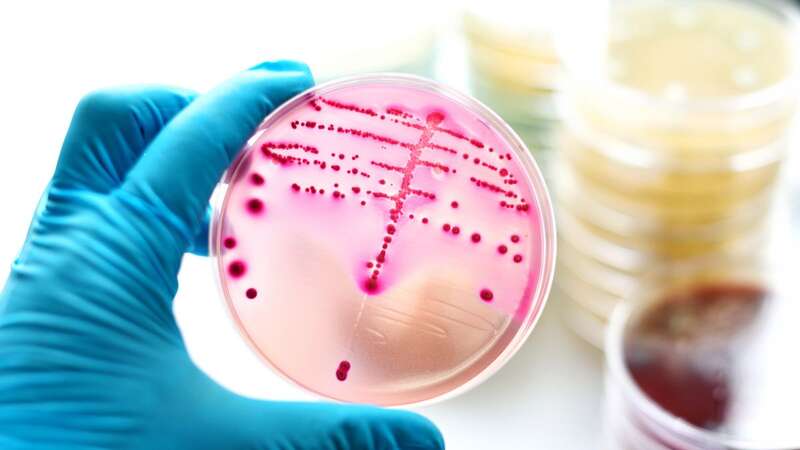
A deadly infection dubbed the "flesh-eating disease" has been on the rise in Japan and hit record levels last year - but it is not yet clear why.
Streptococcal toxic shock syndrome - often caused by the bacteria Strep A and more commonly associated with Strep Throat - was first reported in Japan in 1992. Since then, an average of 100 to 200 cases have been reported each year, but in last year 941 cases were confirmed, according to the country's National Institute of Infectious Diseases.
Officials in Japan do not know why the number of cases have increased so sharply, and it is affecting people of all ages. Most people with Strep A have no symptoms or may get a sore throat, but it can develop into SSTS - which in rare cases can cause multiple organ failure, necrotising fasciitis, also known as the "flesh-eating disease", and even death.
Japan's health minister Keizo Takemi said that while the exact cause behind the increase is unknown, it is probably related to the rebound of respiratory diseases after Japan the end of the Covid pandemic. He added that Group A streptococcus is transmitted through droplets and the touching of surfaces. He said: “We want people to take preventative steps such as keeping your fingers and hands clean, and exercising cough etiquette."
 Streptococcus bacteria (Getty Images/Science Photo Libra)
Streptococcus bacteria (Getty Images/Science Photo Libra)What is Group A Streptococcus?
Group A Streptococcus is the name given to a type of bacteria sometimes found in the throat or on the skin. It usually causes mild illness like sore throats and skin infections. Rarely these bacteria can cause severe and life threatening illness called invasive Group A Streptococcal disease.
 Hospitals run out of oxygen and mortuaries full amid NHS chaos
Hospitals run out of oxygen and mortuaries full amid NHS chaos
How could I catch Group A Streptococcus?
Many people carry Group A Strep harmlessly and do not develop illness. It can be passed from person to person by close contact such as kissing or skin contact. Most people who come into contact with Group A Strep remain well and symptom free, some get mild throat or skin infections. Contracting invasive disease from a relative or household member is very rare.
You can reduce the risk of picking up Group A Strep by always washing your hands thoroughly. Pregnant women or those having gynaecology treatments are advised to wash their hands before and after going to the toilet. It is also important to dispose of tissues after use and to wash your hands when you have a cough or cold.
What are the symptoms?
Group A Strep can cause throat infection, scarlet fever or skin infections such as cellulitis or impetigo. These infections are usually treated with antibiotics. Very rarely it can cause severe illness when the bacteria get into parts of the body that are usually free from bacteria such as the lungs, blood or muscles.
This is called invasive Group A Streptococcal disease. Invasive disease happens when the bacteria get past your body’s immune defences. This can happen when you are already ill or are on treatments, such as some cancer treatments, that affect your immune system. Two of the most severe types of invasive disease are necrotising fasciitis and toxic shock syndrome.
Am I at any increased risk of invasive disease?
Those at an increased risk of invasive Group A Streptococcal disease include people who:
- are in close contact with someone who has the disease
- are over the age of 65
- are diabetic, have heart disease or cancer
- have recently had chickenpox
- have HIV
- use some steroids or other intravenous drugs
What are the warning signs of invasive disease?
The symptoms can include:
- fever (a high temperature above 38°C )
- severe muscle aches
- localised muscle tenderness
- redness at the site of a wound
If you think you or someone you care for has symptoms of invasive Group A Strep contact your GP or NHS 111 immediately.
Read more similar news:
Comments:
comments powered by Disqus
































